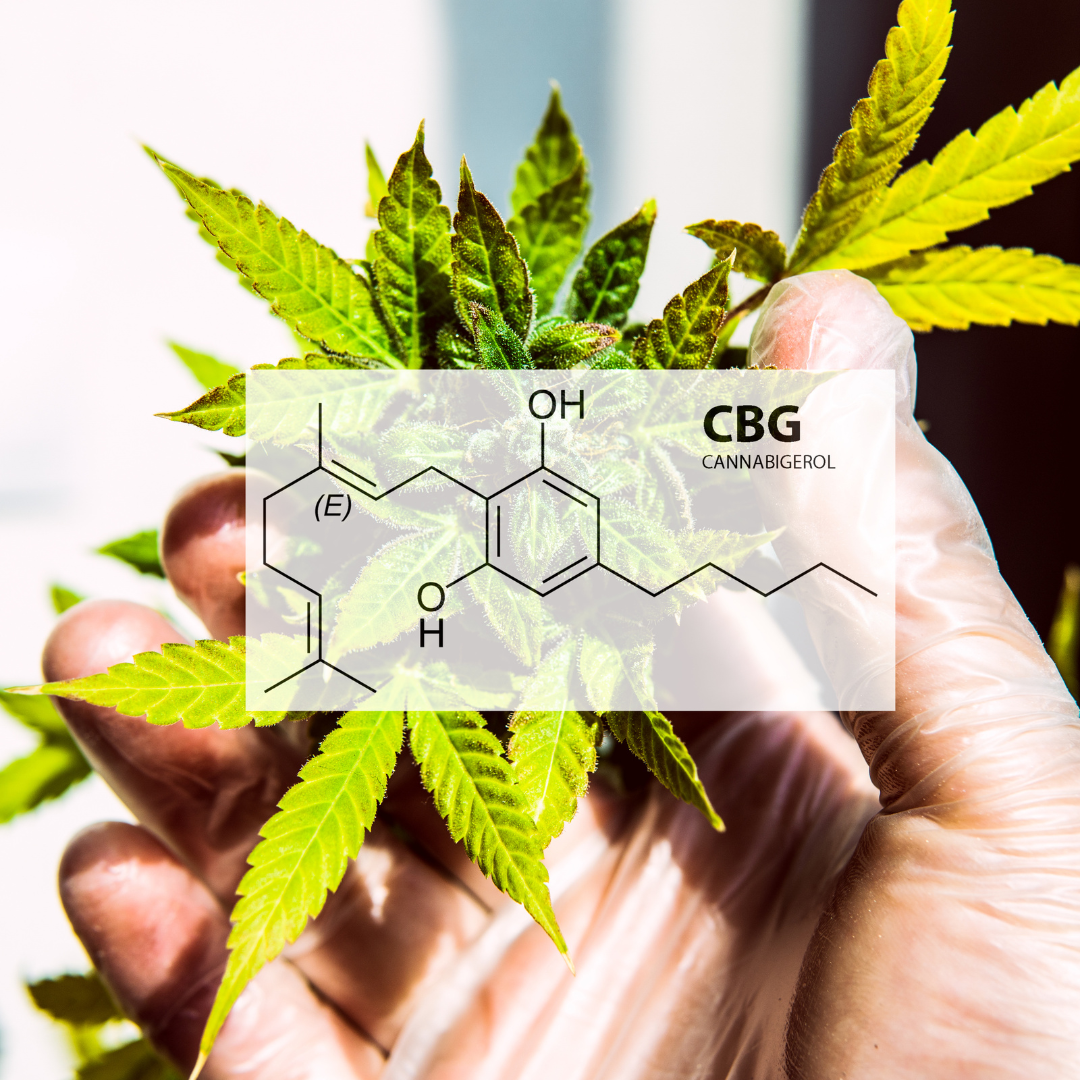
Understanding CBG: The Potential Benefits and Effects on the Body
Cannabigerol (CBG) is one of over a hundred cannabinoids found in the cannabis plant. Often referred to as the "mother" cannabinoid, CBG is the precursor from which other cannabinoids, including THC and CBD, are synthesized. Despite being lesser-known compared to its more famous counterparts, CBG is gaining recognition for its potential therapeutic effects and benefits. In this blog post, we will explore what CBG is, how it affects the body, and its potential applications in health and wellness.
What is CBG?
Cannabigerol (CBG) is a non-psychoactive cannabinoid that typically occurs in lower concentrations in cannabis plants compared to THC and CBD. It is primarily found in the early stages of cannabis growth, as it is converted into other cannabinoids as the plant matures. However, with advancements in cannabis breeding techniques, certain strains with higher concentrations of CBG are now available.
CBG interacts with the body's endocannabinoid system (ECS), a complex network that plays a crucial role in regulating various physiological processes. Understanding how CBG interacts with the ECS helps illuminate its potential effects on health and wellness.
The Endocannabinoid System (ECS)
The endocannabinoid system is a sophisticated signaling system in the body composed of three main components:
-
Endocannabinoids: Naturally occurring compounds produced by the body, primarily anandamide (AEA) and 2-arachidonoylglycerol (2-AG).
-
Cannabinoid Receptors: These receptors are found throughout the body and are classified into two main types:
- CB1 Receptors: Located mainly in the brain and central nervous system, these receptors are involved in regulating mood, memory, pain, and appetite.
- CB2 Receptors: Primarily found in the peripheral nervous system and immune cells, CB2 receptors play a key role in modulating inflammation and immune responses.
-
Enzymes: Enzymes such as fatty acid amide hydrolase (FAAH) and monoacylglycerol lipase (MAGL) break down endocannabinoids after they have fulfilled their function.
CBG interacts with both CB1 and CB2 receptors, but its mechanisms are distinct from those of THC and CBD.
How CBG Affects the Body
1. Interaction with Cannabinoid Receptors
CBG binds to cannabinoid receptors, particularly CB2 receptors, influencing various physiological processes. While its interaction with CB1 receptors is less direct, CBG can modulate the activity of these receptors, which may contribute to its overall effects.
2. Anti-Inflammatory Properties
One of the most promising benefits of CBG is its anti-inflammatory potential. Research has shown that CBG can reduce inflammation by inhibiting certain pathways in the body that trigger inflammatory responses. This property makes CBG a candidate for treating conditions like inflammatory bowel disease (IBD), arthritis, and other inflammatory disorders.
3. Neuroprotective Effects
CBG has demonstrated neuroprotective properties in various studies. It may help protect brain cells from oxidative stress and neuroinflammation, which are associated with neurodegenerative diseases such as Alzheimer’s and Parkinson’s. By promoting the survival of neurons, CBG could potentially be a valuable therapeutic agent in neurodegeneration.
4. Antibacterial and Antimicrobial Properties
Emerging research suggests that CBG possesses antibacterial properties, particularly against antibiotic-resistant strains of bacteria like Staphylococcus aureus. This makes CBG a potential candidate for developing new antimicrobial treatments, especially in the face of rising antibiotic resistance.
5. Appetite Stimulation
Similar to THC, CBG may stimulate appetite, making it beneficial for individuals who struggle with eating due to medical conditions or treatments, such as cancer patients undergoing chemotherapy.
6. Potential for Treating Glaucoma
CBG has been studied for its potential to lower intraocular pressure in the eyes, which could make it a viable treatment option for glaucoma. By reducing pressure, CBG may help protect optic nerve health and prevent vision loss.
7. Mood Enhancement
While CBG is not psychoactive, it may have mood-enhancing properties. Preliminary research indicates that CBG can promote feelings of well-being and may even help alleviate symptoms of anxiety and depression. Its influence on the endocannabinoid system could play a role in mood regulation.
How to Use CBG
CBG is available in various forms, allowing users to incorporate it into their wellness routines:
-
Oils and Tinctures: CBG oils are concentrated forms that can be taken sublingually for fast absorption.
-
Capsules: These provide a convenient way to take a consistent dose of CBG.
-
Edibles: CBG-infused snacks or gummies offer a tasty option for consumption.
-
Topicals: Creams and balms infused with CBG can be applied directly to the skin for localized effects.
-
Vapes: CBG can also be found in vape cartridges, providing quick effects through inhalation.
Conclusion
Cannabigerol (CBG) is a promising cannabinoid with a range of potential health benefits. From its anti-inflammatory and neuroprotective properties to its ability to stimulate appetite and promote overall well-being, CBG offers a unique set of therapeutic applications. As research continues to unfold, CBG may become an essential component of the cannabinoid landscape, providing new avenues for treatment and wellness.
If you’re considering adding CBG to your wellness routine, it’s essential to consult with a healthcare professional, especially if you have underlying health conditions or are taking other medications. With responsible use and further research, CBG may unlock new possibilities for enhancing health and well-being.